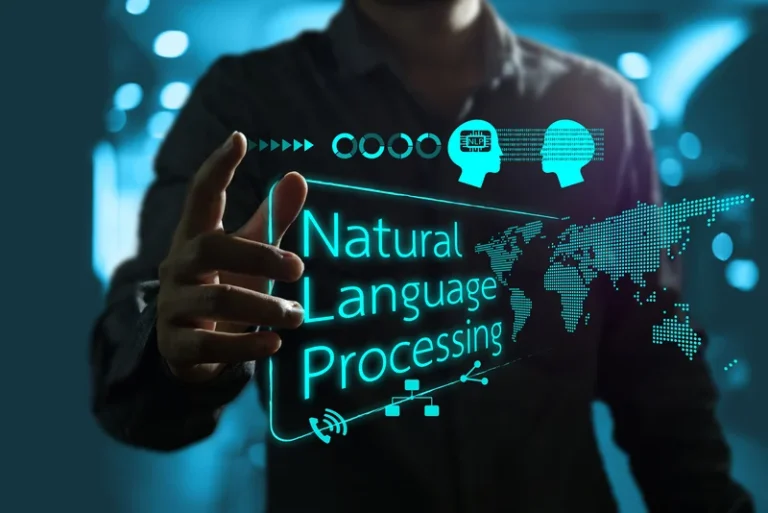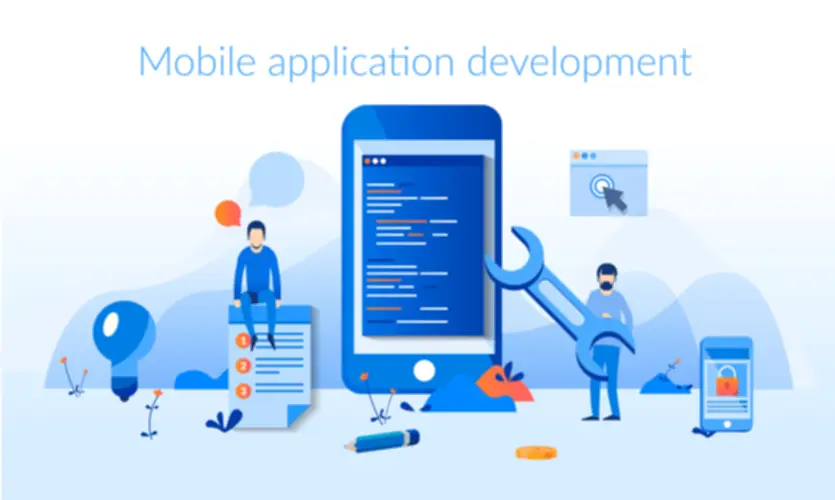By working with a companion, the institution can deliver new products to market and supply their prospects more revolutionary and valuable monetary http://casmgt.com/HealthcareProviders/healthcare-providers-service-organization services. Banks play a important role in enabling fintechs to offer financial companies to their finish customers. For financial institutions, advantages in these partnerships can be found in cost-efficient deposit and revenue development, however they have to reconcile this with the shortage of a relationship with the top customer. Some banks are leaning into banking-as-a-service platform vendors to streamline fintech integrations while others are spinning up their own in-house banking-as-a-service divisions or subsidiaries. Regardless of the approach, sturdy due diligence, risk management and oversight should be on the forefront of any banking-as-a-service technique to make sure fintechs are working in a protected and compliant manner.

Banking As A Service Vs Open Banking Vs Platform Banking
Previously, playing cards were solely issued by banks, such as national manufacturers like Amex, Bank of America, or Chase, or smaller regional banks and credit score unions. In reality, the cards themselves are literally provided by small regional banks, not the neobank or Fintech company whose name is on the card. BaaS also permits banks to ship personalized, simply accessible companies that meet the expectations of modern clients, growing buyer satisfaction and loyalty, which finally ends up in better retention rates. The huge secret – none of these fintech corporations have gotten banks or plan to turn out to be banks. And most banks do not have massive plans to digitize to the extent of top fintech apps.
Demystifying Embedded Payments: The Muse Of Change
I imagine that banking as a platform can collaborate effectively with these companies, ultimately driving extra client site visitors and engagement. The major benefit of BaaP is not just buyer convenience but also greater customer engagement. Banks can inform clients about their other providers through the app which acts as an upsell or a cross-sell.
Digital Core Banking Solutions: A Recreation Changer?
This shouldn’t be a chance banks stumble into with no formal strategy and operational buildout. In some instances, banks will offer up their steadiness sheet to assist lending use instances, and many select to focus on a certain area, for example, lending, cryptocurrency or cards. It isn’t unusual for a fintech to work with multiple banks to address specific wants. Affirm Holdings Inc., for instance, companions with Evolve Bank & Trust for the Affirm Card whereas leveraging Cross River Bank and Celtic Bank Corp. for financing.
- Open banking allows better collaboration between banks and fintech service providers by connecting them with Application Programming Interface (API) software.
- You can monetize on payment processing fees, lending, and interchange charges, getting your palms on an estimated $110 billion market opportunity within the US, UK, and Europe alone.
- Many specialists see embedded funds as a constructive pathway that may help financial service companies acquire exposure to new clientele and creatively have interaction with them.
- By leveraging this cutting-edge expertise, banks can provide a extensive selection of monetary services, enhance customer experiences, and open new revenue streams.
- Innovation is faster when third events don’t weigh you down with turnkey options.
Monetary Services Business Overview In 2023: Developments, Statistics & Evaluation
It is necessary for both banking-as-a-service platform vendors and partner banks to construct out expertise, techniques and processes to have oversight into their fintech companions’ operations and the kinds of activities taking place. In the US, the Office of the Comptroller of the Currency (OCC) has been increasing its scrutiny of bank-fintech collaborations. In October 2022, it announced the institution of the Office of Financial Technology to bolster its focus on the trend.
Dealing with financial providers is an essential part of running a enterprise, yet most of today’s monetary services aren’t designed for the needs of unbiased enterprise house owners. Shopify Balance presents Shopify merchants a fast, easy, and integrated method to handle their funds, pay bills, and track bills. This provides them easier entry to monetary products and greater management over their finances. By leveraging this methodology, traditional banks can swiftly scale their offerings to fulfill evolving market demands while maintaining flexibility. This agility allows for the rapid development and deployment of innovative monetary services, granting a aggressive benefit in at present’s fast-paced panorama. Technology is the key enabler for businesses to offer a one-stop frictionless experience for shoppers.
In open banking fashions then again, non-bank businesses merely use the bank’s data for their products. In the industry, these non-bank businesses are referred to as third party service providers (TPPs). Delivered in SaaS mode, the model new generation of core banking platforms are designed to improve the agility and efficiency of organizations. Banking as a service, or BaaS, presents some thrilling new alternatives for each registered monetary establishments and Fintech startups. But one of many fundamental challenges for the banking as a service industry going ahead will be maintaining the safety, privacy, and trust of consumers. This will be especially important given that many extra kinds of businesses will be succesful of entry not only financial data, but also actual financial features.
Banking as a Platform (BaaP for short), however, allows fintech and non-financial companies to provide services to banking establishments. Third get together service suppliers can then tailor their products to buyer needs based mostly on banking data. For example, a monetary management app may use open banking to mixture accounts right into a single dashboard utilizing API integration. Another example is GoCardless’s Verified Mandates device which makes use of open banking to streamline the onboarding process at checkout. Customers are taken directly to their on-line banking login to confirm particulars immediately, reducing fraud and bettering the checkout process.

The conventional banking mannequin is undergoing a transformation where it’s transitioning from its brick-and-mortar roots to a extra versatile, digitally-driven landscape. BaaP, similar to BaaS, serves as a catalyst on this evolution by providing a collaborative ecosystem that redefines how financial companies are accessed, consumed, and innovated upon. With many banks looking to develop partnerships and choices in the fintech space, it is important for businesses to work with experienced suppliers who perceive the distinctive challenges and alternatives of the industry. Pursuing a new enterprise mannequin may result in an identification disaster for certain monetary institutions. However, in some methods, fully avoiding the pattern is akin to avoiding the inevitable. In the US, there are more than 50 financial establishments that assist fintechs on an as-a-service foundation (i.e., banking-as-a-service).

At its core, BaaP is a model the place banks open their core functionalities through APIs (Application Programming Interfaces) to exterior events, together with Fintech companies, builders, or even other banks. This permits the creation of latest financial services by leveraging the infrastructure and capabilities of the financial institution, fostering innovation and agility. One of the first benefits of BaaS is the creation of latest income streams through API-based access to core banking services and products, bought to other businesses and non-bank companions on a recurring or per-service foundation. This model can even generate income through set-up costs or revenue-sharing agreements.

